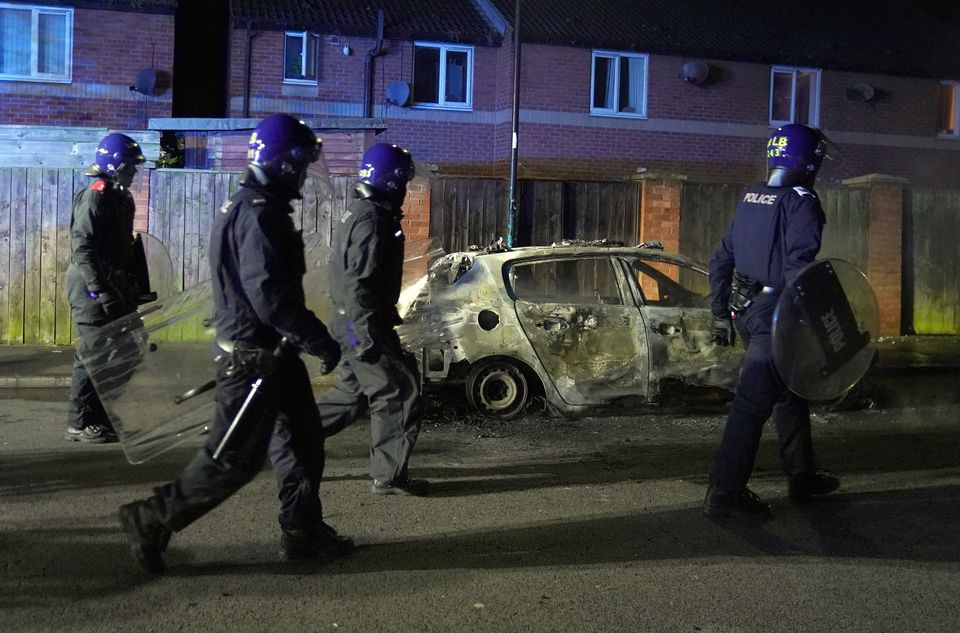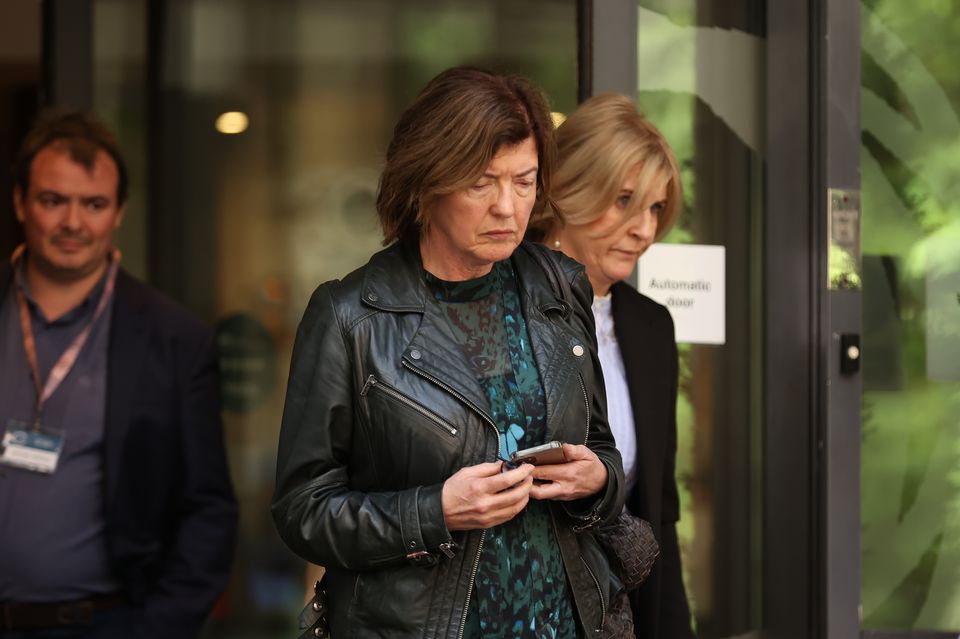The Labour Government turns 100 days old on Saturday – a date seen as a key early milestone for any government since Franklin Roosevelt became US president in 1933.
Governments traditionally seek to set a positive, dynamic tone in their first 100 days, targeting quick, visible actions that can establish a narrative about what they are doing and where they are going.
Sir Keir Starmer’s Government has been no different, making a series of commitments about its first 100 days before and during the election.
But the period has also proved tricky, with unexpected challenges, controversial decisions and minor rebellions from the Government’s own benches.
Below, the PA news agency looks at the key points from Labour’s first 100 days.
Sir Keir Starmer celebrated a landslide victory in the early hours of July 5, but faced stiff challenges almost immediately (Jeff Moore/PA)
– What was promised?
Only one of Labour’s commitments for its first 100 days in office made it into the party’s election manifesto – the promise to introduce legislation to expand workers’ rights, including a ban on “exploitative” zero-hours contracts, an end to “fire and rehire” and greater protection from unfair dismissal.
But the party made several other commitments, while in opposition, on what it would do in its first 100 days.
These included scrapping the previous Government’s policy of deporting asylum seekers to Rwanda, reforming planning rules to increase housebuilding and end the de facto ban on onshore wind projects, holding an international investment summit, and implementing the party’s Green Prosperity Plan.
There were also pledges to hold a “rapid review” of national security threats, begin work to implement a “Nato test” on defence projects, and establish a Council of Nations and Regions.
Labour’s manifesto included only one commitment for its first 100 days in office – introducing a new Employment Rights Bill (Stefan Rousseau/PA)
– What has been done?
The Government met its commitment on workers’ rights on Thursday, introducing the Employment Rights Bill just within the 100-day deadline, although ministers conceded many of the rights would not come into force until 2026.
Many of the other commitments for its first months in office have also been met. The Rwanda policy was scrapped on day one, the National Planning Policy Framework has been changed, GB Energy and the new national wealth fund have both been launched, work on the “Nato test” has begun and the Council of Nations and Regions was scheduled to hold its first meeting on Friday.
The international investment summit has been arranged but will take place on October 14, two days after the 100-day deadline.
Labour has achieved many of the goals it set for its first 100 days in power (Chris Eades/The Sun/PA)
– What else has the Government done?
The Government has trumpeted several other policies that were not part of Labour’s promises for its first 100 days, but have taken place in that period anyway.
Some of these were manifesto commitments, including setting up the new Border Security Command to tackle small boats crossing the Channel, and introducing legislation to ban no-fault evictions, return the railways to public ownership and create tougher penalties for water companies dumping sewage.
Others fell within promises to end the industrial action that had plagued Britain in recent years, with the Chancellor choosing to accept the recommendations of public sector pay review bodies and award above-inflation pay rises to many public sector workers at the cost of more than £9 billion.
The Government hopes this will be enough to stop the strikes and go part way to solving recruitment and retention issues among nurses, teachers and other public sector workers.
However, Labour has also been forced into a number of less expected measures that have also proved controversial.
The decision to means-test the winter fuel payment has brought protests from both outside and within the Labour Party (Lucy North/PA)
In their first few days in office, ministers had to announce plans to release prisoners early in order to stave off the collapse of the prison system.
Perhaps most controversially, Chancellor Rachel Reeves chose to means-test winter fuel payments in order to save a projected £1.4 billion this year.
The decision came after a Treasury audit commissioned by Ms Reeves found what she described as a £22 billion black hole in the previous government’s spending plans for the current year. It will see some 10 million pensioners lose out on the winter fuel payment.
– What other problems has the Government faced?
Riots over the summer provided an early domestic challenge for the new Government (Owen Humphreys/PA)
The most high-profile domestic challenge for the Government in its first 100 days was the rioting that took place over the summer.
A week-long spell of civil disorder came to an end once some of those involved had been swiftly arrested, charged and – after pleading guilty – sentenced to significant spells in prison.
Abroad, the conflict in the Middle East has presented a diplomatic challenge, with the Government urging restraint on all sides but proving unable to secure an end to the fighting.
And Sir Keir has faced internal problems within his own party.
Within weeks of winning power, he suspended the whip from seven of his MPs who rebelled to vote against the King’s Speech over its lack of a commitment to abolish the two-child benefit cap.
Sue Gray quit as Sir Keir Starmer’s chief of staff shortly before Labour marked 100 days in office following stories of infighting in Number 10 (Liam McBurney/PA)
In September, Canterbury MP Rose Duffield quit the party citing that policy and the decision to means-test the winter fuel allowance, along with the growing row about senior Labour MPs accepting gifts including free clothes from party donor Lord Waheed Alli.
Most recently, at the start of October, former civil servant Sue Gray quit as Sir Keir’s chief of staff following claims Number 10 had become divided and dysfunctional under her leadership.
The Government will now turn to the Budget on October 30 as an opportunity to set a more positive narrative about its direction as well as laying the fiscal groundwork for the coming years.





